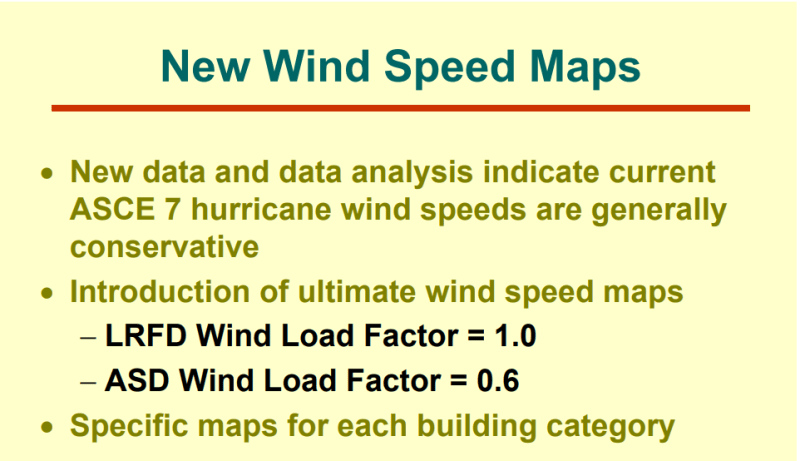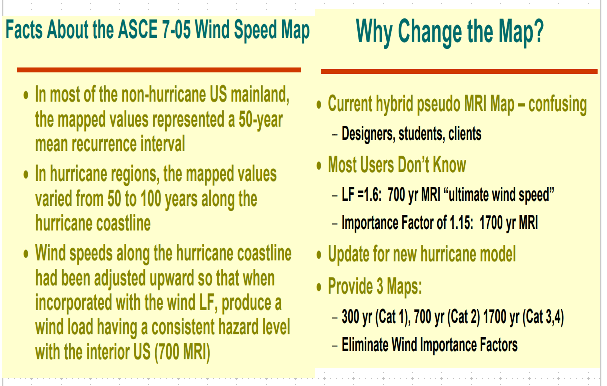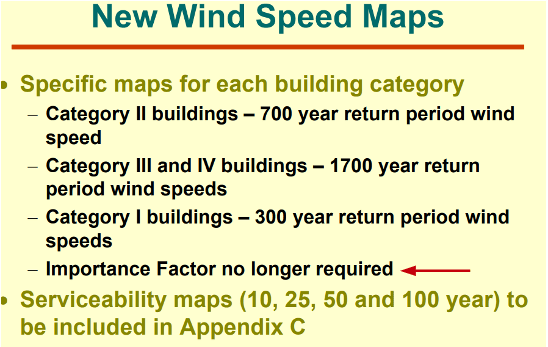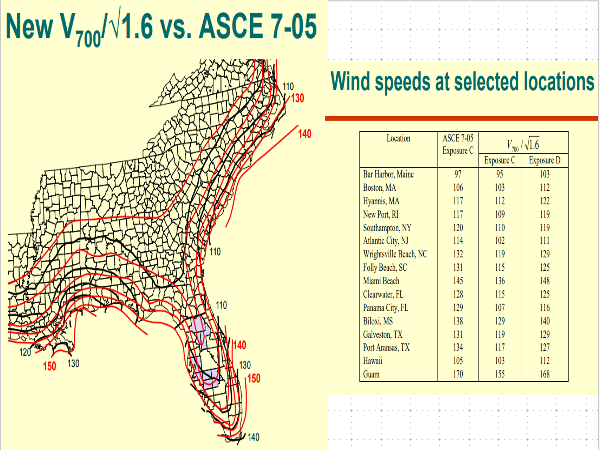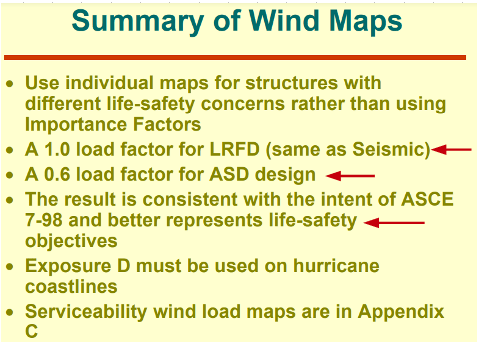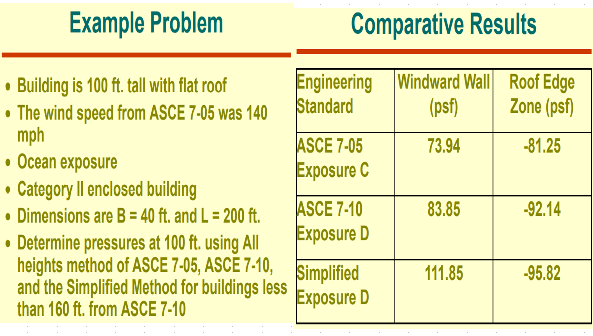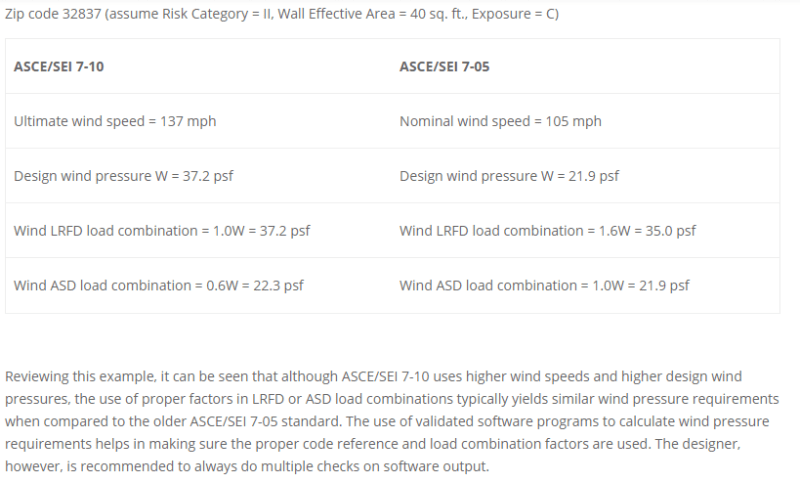NBRY1
Civil/Environmental
- Dec 7, 2016
- 58
What is an appropriate factor of safety for shallow foundations in uplift due to wind etc; for ASD load combinations.
I think, but could be incorrect that FS should be 1.0 since ASD reduces wind loads but have not found an appropriate reference.
I think, but could be incorrect that FS should be 1.0 since ASD reduces wind loads but have not found an appropriate reference.

